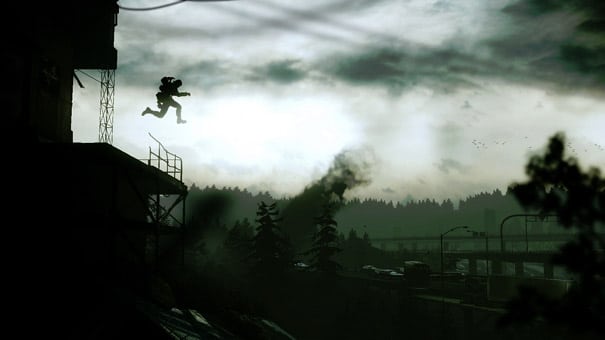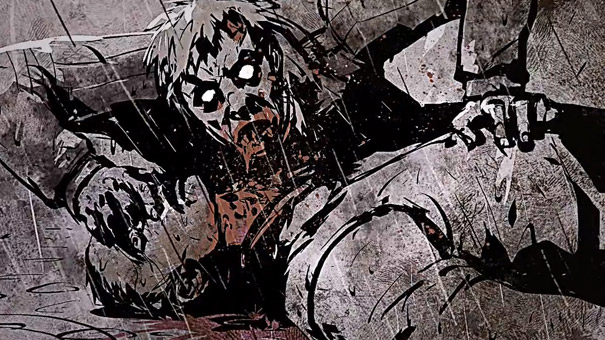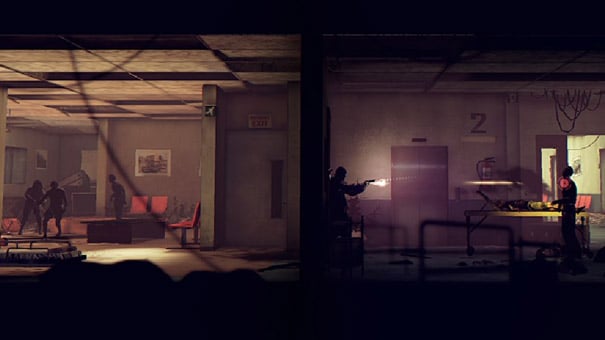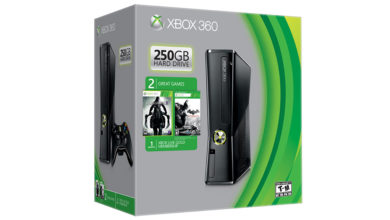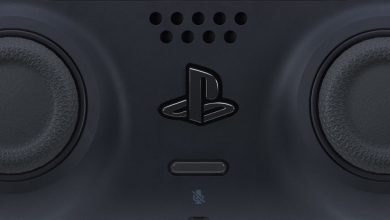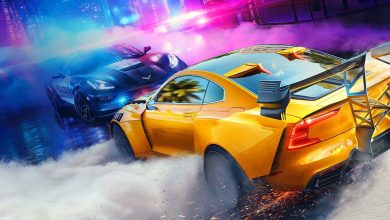Microsoft’s Summer of Arcade promotion has delivered more often than not. From Braid to Limbo to Shadow Complex, it’s been home to some of the most innovative indie titles that have come out over the past half decade. Deadlight, initially at least, seems like a prime candidate to join that illustrious list.
From those not in the know, Deadlight is set in a post-apocalyptic world where the pockets of humanity that remain are constantly on the run from the undead (referred to as ‘shadows’ in the Deadlight universe). You play Randall Wayne, an unfortunately generic man, who’s been separated from his wife and child and is on an epic journey to find them. As is now de-rigueur with post-apocalyptic fiction, there’s a fabled safe haven that everyone’s trying to reach, as well as friends, foes and random crazy people you’ll meet along the way.
Deadlight also happens to be set in the Pacific North-West (Seattle, to be precise) in 1986. While the location is scenic, there unfortunately isn’t much else in the game that specifically evokes those heady days of Hair Metal and Top Gun. There are three collectible mini-games that are unlocked by finding 80s era Game & Watch lookalike handhelds, however, which is a nice touch.
But sticking to established genre tropes isn’t Deadlight’s primary problem – it’s the slightly bland delivery of it. Some of the writing and voice acting is cringe-worthy, although there are a handful of instances where things click. The story packs some other-worldly dream sequences, the now requisite didn’t-see-that-coming twist, and also gives you a bit of detail on the cause of the outbreak as well as life before and after it. You’ll also find collectibles that flesh out the world, the events within it, as well as Randall’s life. His notebook is especially well done and worth sinking time into.
Right off the bat, it’s evident that Spanish developers Tequila Works really went all out in getting the look and the sound of the game just right. You could call it equal parts Limbo and Shadow Complex, but then that would be selling it a tad short. It certainly borrows bits from Limbo’s neo-noir look, draping the protagonist and multiple antagonists in inky blacks while leaving the background environments mostly visible.
You can tell that there’s been some serious work done on those backgrounds as well. Each scene has tons of incidental detail and your interactions with the environment always have a tangibility and weight to them. It’s a shame that points of interaction had to be highlighted, but then it probably would have been impossible to figure out what you could and could not use otherwise. The music and sound design also stand out, coming together with the art design to create something supremely atmospheric.
Gameplay, on the other hand, is an amalgamation of Mechner-era Price of Persia and Shadow Complex. You jump, climb, sprint, roll, wall-jump and generally traverse your way through 3D levels on a 2D plane while avoiding environmental obstacles and solving puzzles. There are instances where the game focuses on simply getting from Point A to B, but you’ll find yourself confronting the undead most other times. And to the game’s credit, avoiding combat is as much a gameplay element as actual combat. There’s a bit of trial-and-error gameplay, but the checkpoints are well placed and you’ll usually figure out what you need to do soon enough.
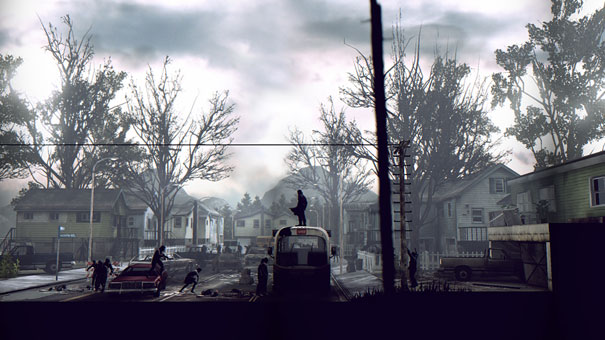
There are assorted weapons you’ll find along the way that are of momentary benefit, but ammo remains scarce (in true survival horror fashion) so you’ll be luring zombies into environmental kills or generally avoiding them by drawing their attention with a shout and then jumping over them and legging it most other times. Holding down a shoulder button and using the right stick to aim does get you out of tight spots if you’ve had the presence of mind to conserve ammunition. A few of the more tenser scenes combine all these elements and have you fighting off a horde while solving a puzzle at the same time, or just running the hell away from whatever’s chasing you.
You’ll also find health packs to top up your life bar and there’s a stamina gauge that governs just how often you can run, jump and swing at things with your solitary melee weapon. And speaking of melee, swinging an axe feels great. Just make sure to finish your mark off before he gets back up. The controls are mostly responsive, but there were instances when Randall would fall of a ledge instead of hanging off its lip or just jump in the wrong direction altogether.

Conclusion
What really hurts Deadlight though, is that feeling you’ll get in the pit of your stomach that the game could have been so much more. It’s also a tad short, although nowhere near as short as the in-game clock makes it out to be. I have no idea why it only clocked me at a little over two hours because I’m sure I spent double that playing it. You could argue that it’s well sized as it is and any more would have been overkill, but then that never applied to the likes of Shadow Complex. That game was plenty long but never felt it thanks to the excellent level design, with multiple paths and collectibles encouraging repeated playthroughs.
Unfortunately, there’s none of that here and there’s hardly a reason to replay Deadlight other than to just enjoy the atmosphere. I still found it thoroughly competent and I’m glad I played it, but that’s probably the genre-lover in me talking. The rest of you might want to try the demo out first or wait for a price drop.
